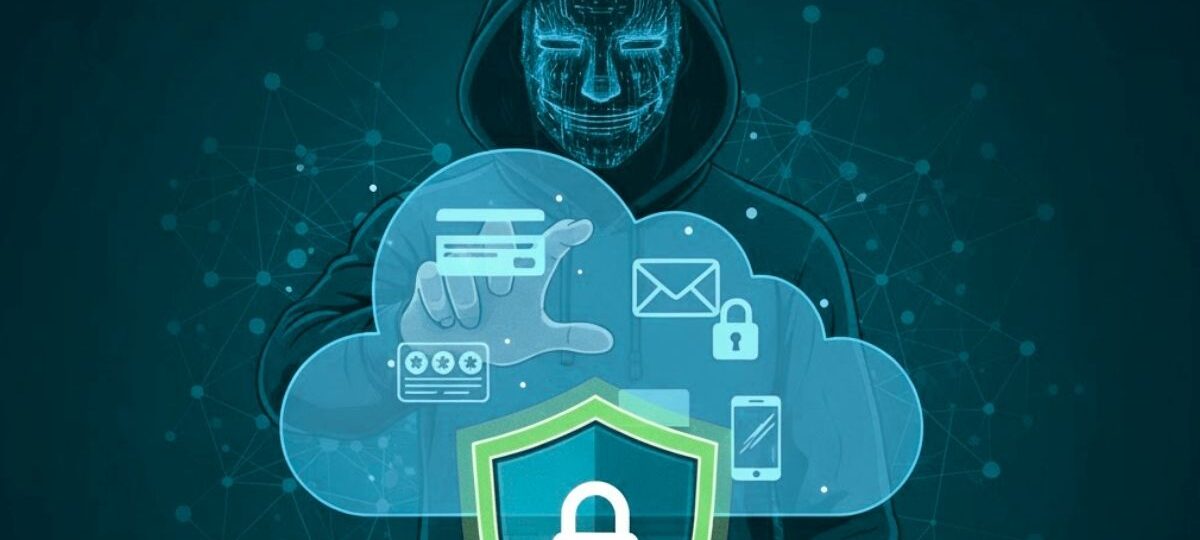Safeguarding your personal information from identity theft has become more critical than ever before. As technology advances, so do the tactics employed by cybercriminals, making it imperative for you to stay informed and vigilant.
This article will guide you through the essential strategies for enhancing your cyber awareness and protecting your identity in this new era. By fortifying your digital defenses and understanding the latest threats, you can navigate the online world with confidence, ensuring your personal data remains secure against the ever-present risks of the digital age.
Understanding Identity Theft: What It Is and How It Happens
Defining Identity Theft
Identity theft is a serious crime where someone uses your personal or financial information without consent. This can include your name, Social Security number, credit card details, or medical information to commit fraud, such as opening new accounts, making purchases, or even receiving medical care. The impacts are significant and can damage your financial health and credit for years.
Methods of Identity Theft
Common methods include stealing physical items like wallets and mail, or digital tactics like phishing scams and data breaches. Thieves might also use methods like “skimming,” where they capture data from ATMs with electronic devices, or infiltrating companies to buy personal data.
By understanding these risks, you can better attain cyber awareness in 2026 to protect yourself from identity theft.
How Identity Thieves Use Your Information
Phishing and Digital Deception
Identity thieves frequently employ phishing, sending deceptive emails, messages, or creating fake websites to gather your personal details. These attacks often imitate trusted sources, making them hard to detect. By 2026, enhancing your cyber awareness and skepticism towards unsolicited requests is crucial to protect yourself from identity theft.
Physical Thefts and Analog Tactics
Your personal data can also be stolen through more traditional methods. Thieves may target wallets, purses, or even rely on “dumpster diving” for valuable information. Regularly shredding sensitive documents and securing physical information can deter these tactics, safeguarding you against identity theft.
How to Protect Your SSN from Identity Theft

Safeguard Your Social Security Card
To protect your Social Security Number (SSN) from identity theft, never carry your SSN card routinely. Instead, secure it in a safe location and only share your number when essential. Shredding documents containing your SSN before disposal is also advisable.
Be Vigilant Against Phishing
Be wary of unsolicited calls, emails, or texts asking for your SSN. Always validate the source’s authenticity. Create complex passwords and enable two-factor authentication to bolster security.
Monitor for Unusual Activity
Regularly monitor your accounts and credit reports for unusual activity. Consider using an identity protection service to detect potential threats and recover safely.
How Can You Protect Yourself Against Identity Theft Cyber Awareness?
Understanding how you can protect yourself from identity theft and cyber threats is crucial in today’s digital landscape. Adopting strong, unique passwords, ideally managed through a secure password manager, is foundational. Enabling multi-factor authentication (MFA) is another critical step, safeguarding your accounts from unauthorized access. Regularly updating your software and devices ensures vulnerabilities are patched, protecting against potential attacks. Finally, cultivating ongoing cyber awareness by staying informed and cautious about phishing attempts and other scams significantly mitigates the risks associated with identity theft.
Steps to Take Now: Protecting Yourself from Identity Theft
Strengthen Your Digital Defenses
To safeguard your identity, start by creating strong, unique passwords for all accounts and enabling multi-factor authentication. Regularly update your passwords to add another layer of security. Use a trusted antivirus and anti-malware software to protect your devices from cyber threats, a crucial element of cyber awareness in 2026.
Monitor Financial Activity
Vigilantly review your financial statements and credit reports. This step ensures early detection of suspicious activities, significantly reducing the risk of identity theft. Utilize tools and alerts offered by financial institutions to monitor account activity in real-time.
Secure Personal Information
Keep your personal information confidential. Switch to paperless billing, shred sensitive documents before disposal, and refrain from oversharing on social media. Inquire about information usage before sharing it and limit personal data access to only what is necessary to mitigate identity theft risks.
How Can I Protect Myself from Identity Theft? Quizlet Answers
Implementing Strong Security Measures
Protecting yourself from identity theft in 2026 requires robust security practices. Start by using legitimate antivirus software to shield your home computer from malicious threats. Employing WPA2 Personal encryption on your home wireless network is essential for securing your internet connection. Additionally, review your credit report annually to catch any early signs of identity theft.
Secure Your Personal Data
To enhance cyber awareness, always inquire about how your personal information will be used before sharing it. Utilize two-factor authentication on your mobile devices for an added layer of security. Finally, report any suspicious activity to your security point of contact without delay.
Conclusion
In navigating the digital landscape of 2026, your proactive engagement in safeguarding your identity is paramount. By embracing advanced cybersecurity measures, staying informed about emerging threats, and practicing vigilant online behavior, you fortify your defenses against identity theft. Remember, the sophistication of cyber threats demands a continuous commitment to learning and adaptation. As technology evolves, so must your strategies to protect personal information. Empower yourself with knowledge and tools that enhance your cyber awareness, ensuring that your digital footprint remains secure. In doing so, you not only protect your identity but also contribute to a safer online community for all.









